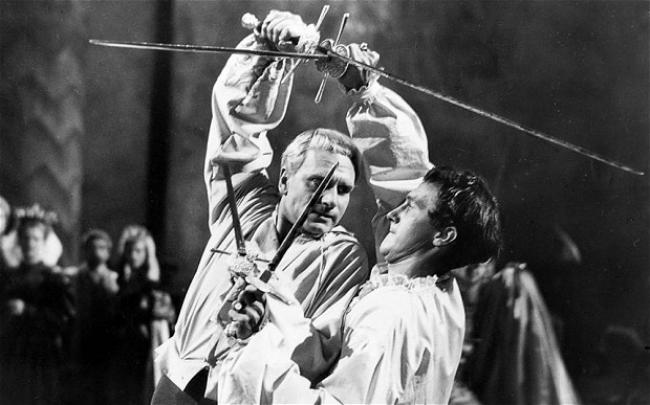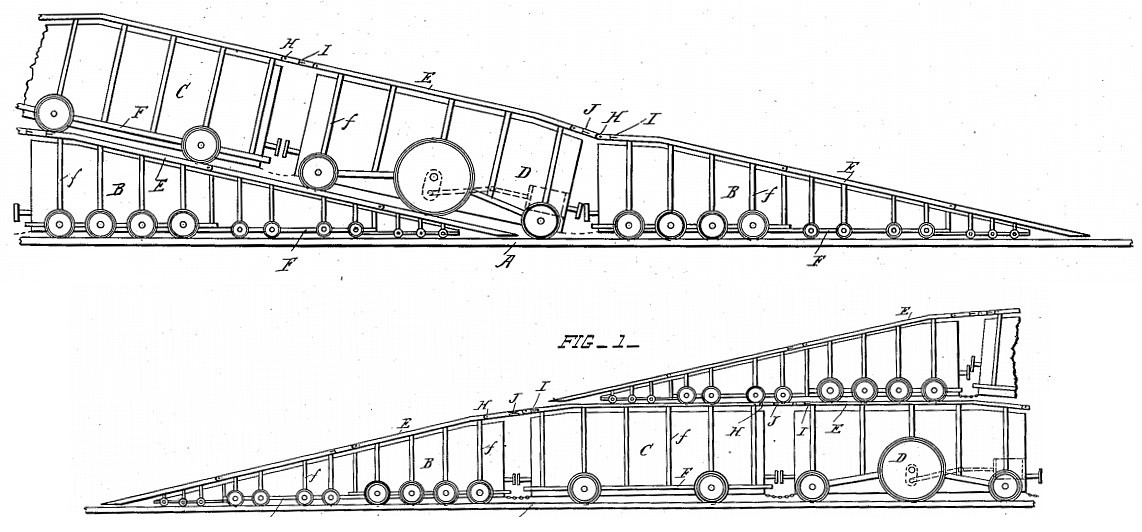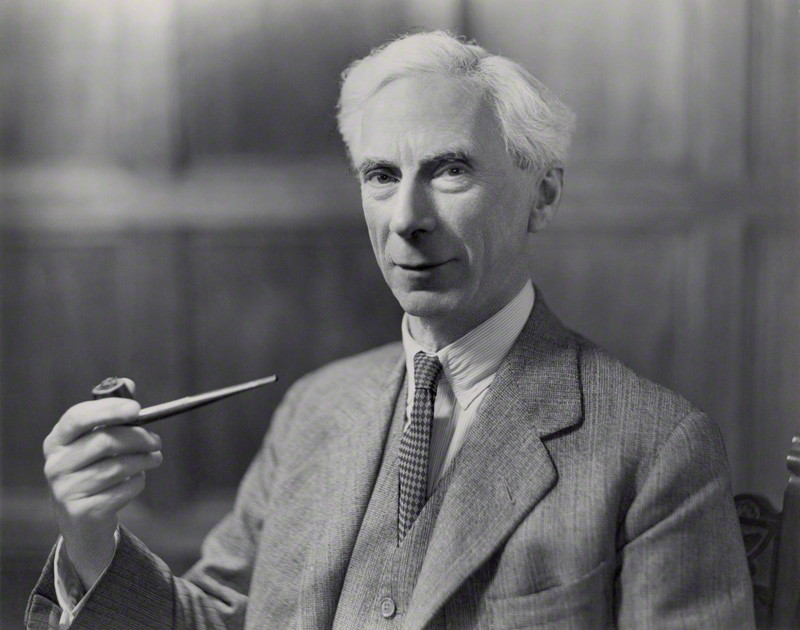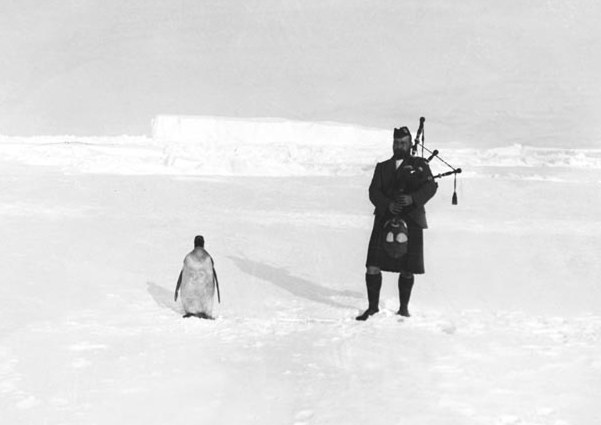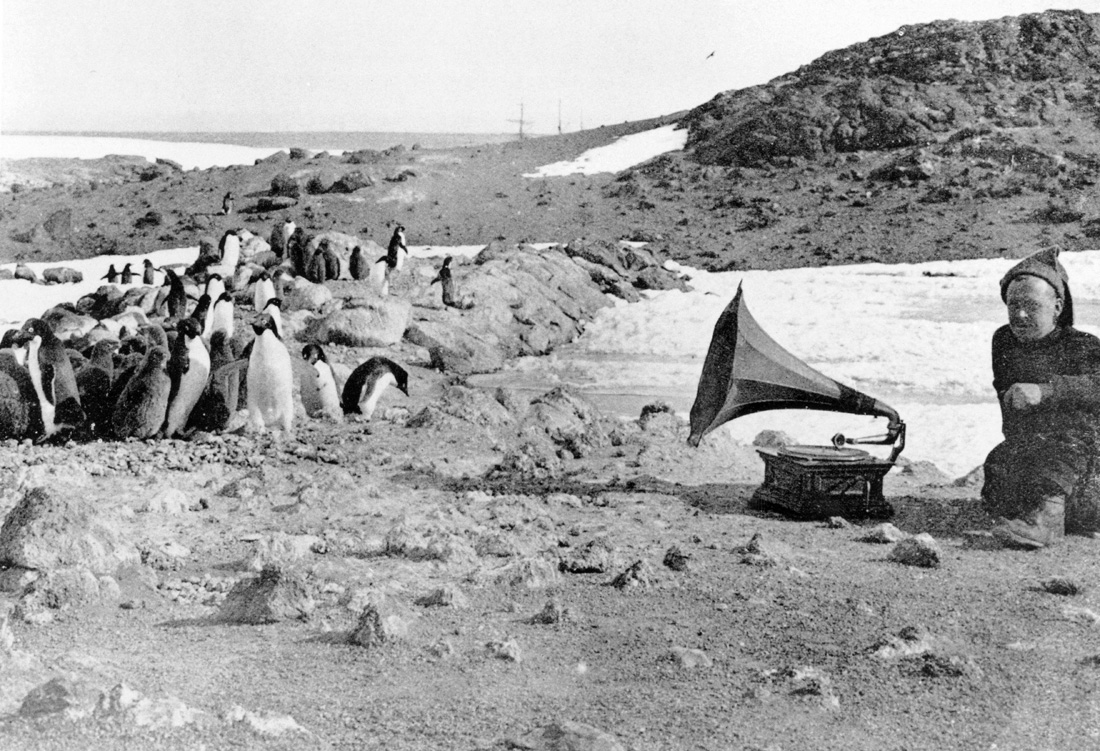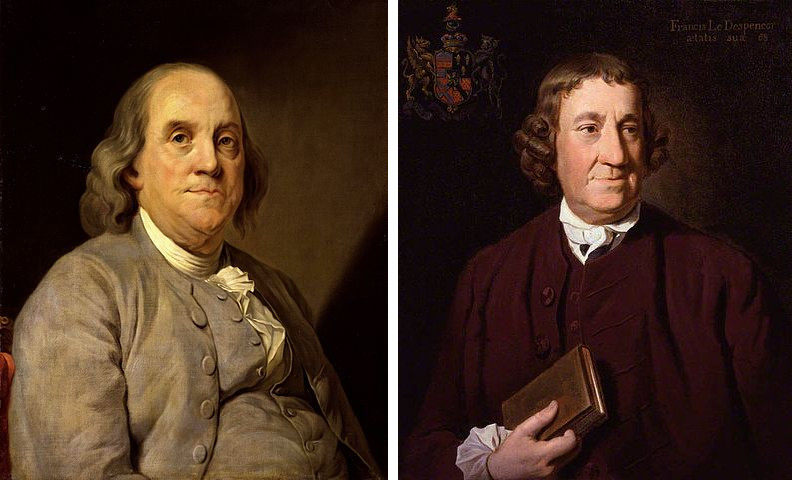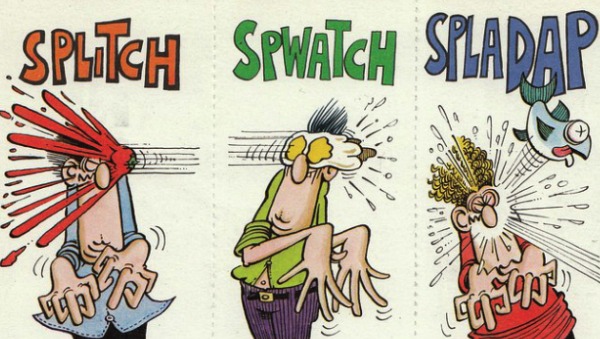In a 2005 story about The Simpsons, San Francisco Chronicle writer Steve Rubenstein mentioned that in a dream Homer once “wrote that 1782 to the 12th power plus 1841 to the 12th power equals 1922 to the 12th power.” Rubenstein added, “(It does.)”
Well, it doesn’t — the first factor here must be even, and the second must be odd, so their sum can’t be even. The city desk prepared a correction saying that the equation was wrong, but Deputy Managing Editor Stephen R. Proctor pointed out that unless it gave the right answer, “the correction doesn’t correct.”
So they called in Sonoma State University mathematician Sam Brannen and produced this unusual notice:
A story Nov. 15 about mathematical references on “The Simpsons” TV show mistakenly said that 1,782 to the 12th power plus 1,841 to the 12th power equals 1,922 to the 12th power. Actually, 1,782 to the 12th power plus 1,841 to the 12th power equals 2,541,210,258,614, 589,176,288, 669, 958, 142, 428, 526,657, while 1,922 to the 12th power equals 2,541,210,259,314,801,410, 819, 278,649, 643,651,567,616.
Ombudsman Dick Rogers added, “Obviously.”


